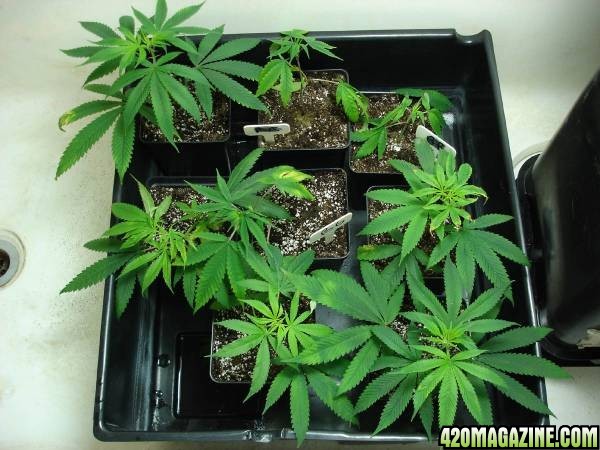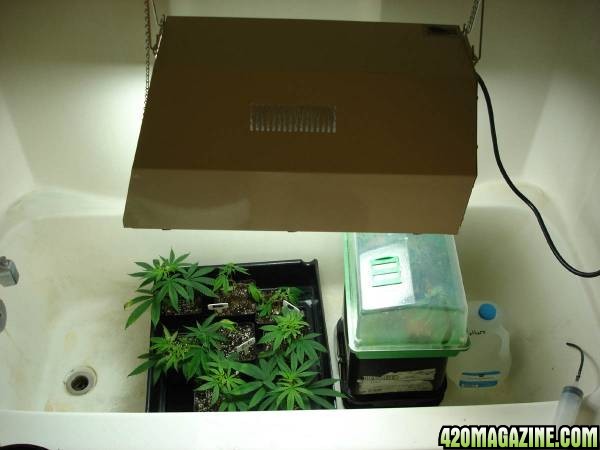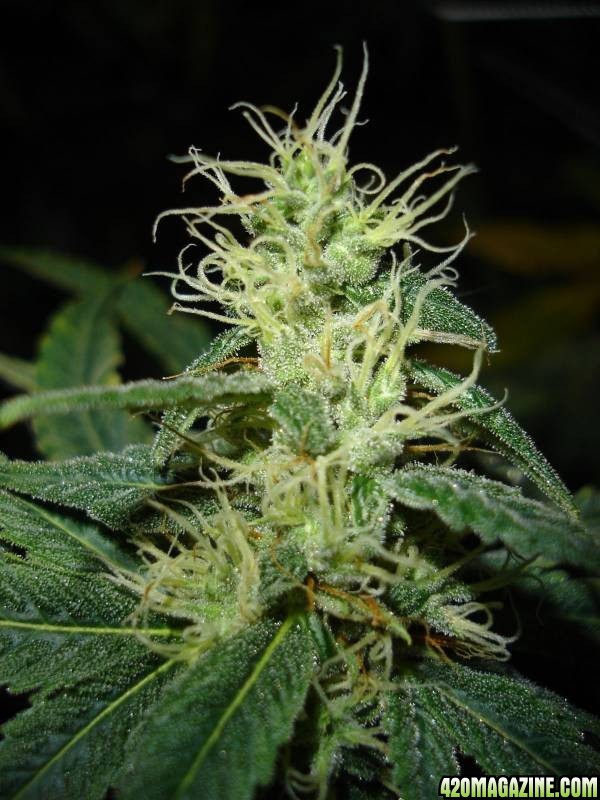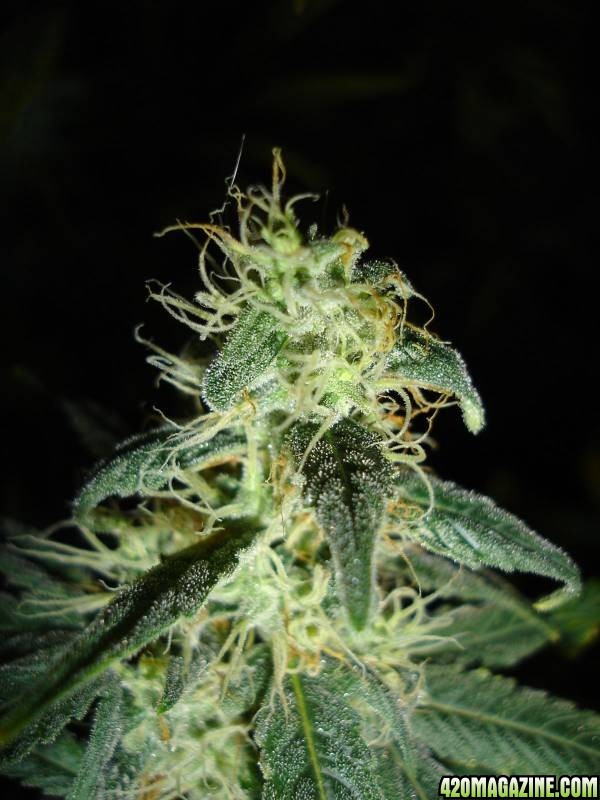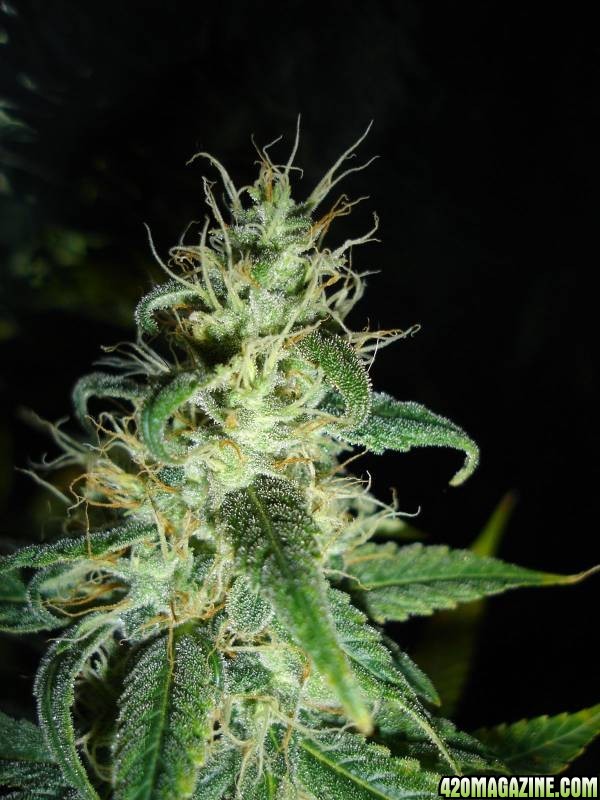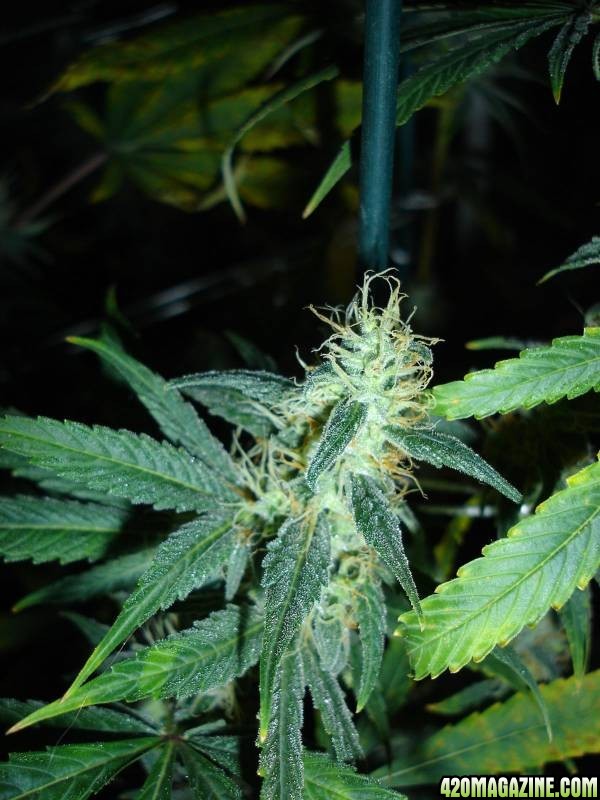berrydizzle
New Member
Hello everyone. I have wanted to do a grow journal for the longest time and now i finally have the balls to do it. I am finishing up my first soil grow, have done hydro for the past year in a bloombox but it wont fit in any of the rooms in my new house so, i had to convert to soil. This journal will cover the end of my current run (i am doing 7 blueberry and 1 bubblegum). They are on day 45 of flowering. Only two more weeks, i am so excited. Then I will start my next journal from start to finish so you guys can see my work. Here are some pics to catch you up to the present time.
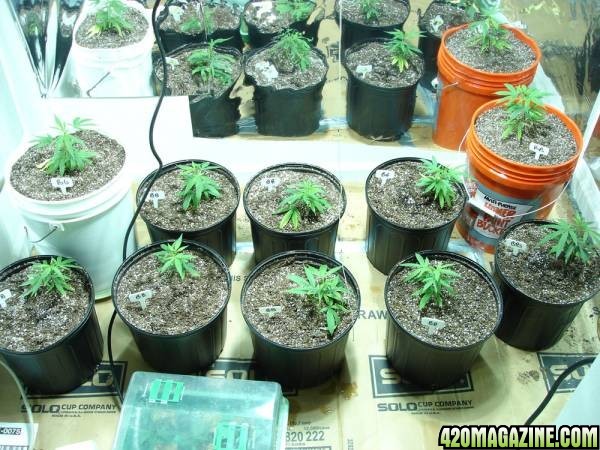
These are the little guys vegging under a 1000W MH.
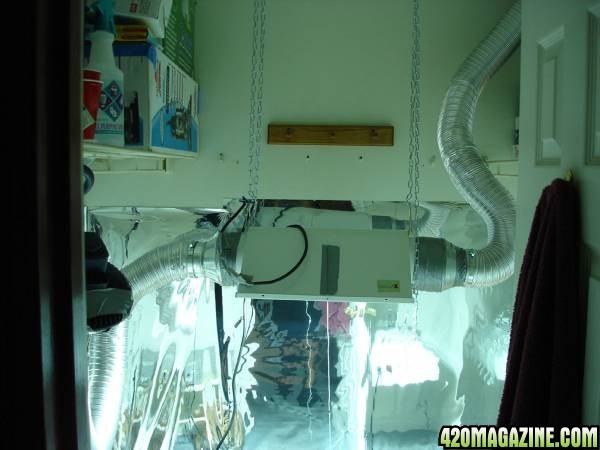
Here is my light setup. Air cooled 1000W MH/HPS switchable
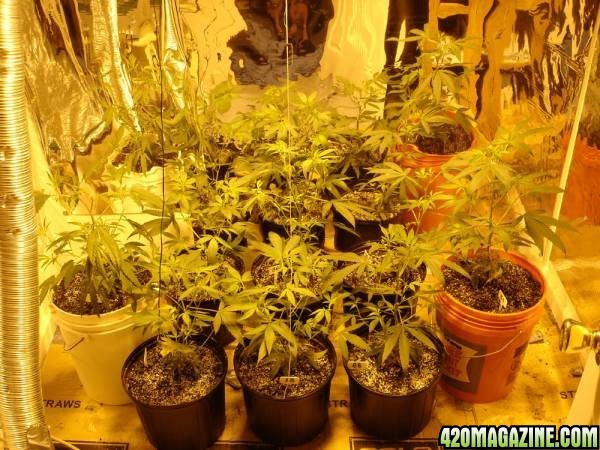
The plants after about one week of flowering. Saved 1 BG and 1 BB for mothers for my next time.
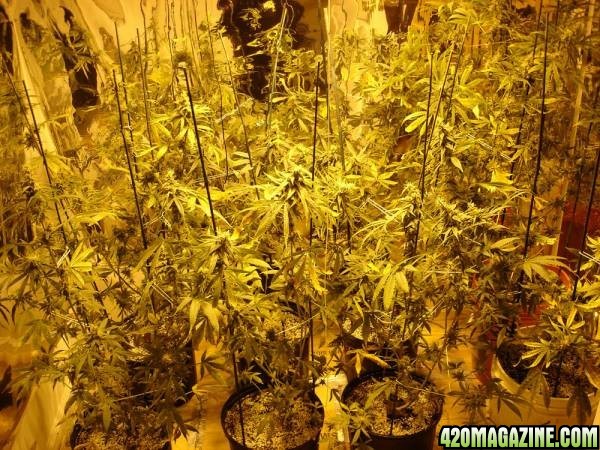
Here they are at 44 days.
I topped all 8 plants while vegging, something I won't do the next time around. More pictures of my new project as soon as they get approved.

These are the little guys vegging under a 1000W MH.

Here is my light setup. Air cooled 1000W MH/HPS switchable

The plants after about one week of flowering. Saved 1 BG and 1 BB for mothers for my next time.

Here they are at 44 days.
I topped all 8 plants while vegging, something I won't do the next time around. More pictures of my new project as soon as they get approved.



